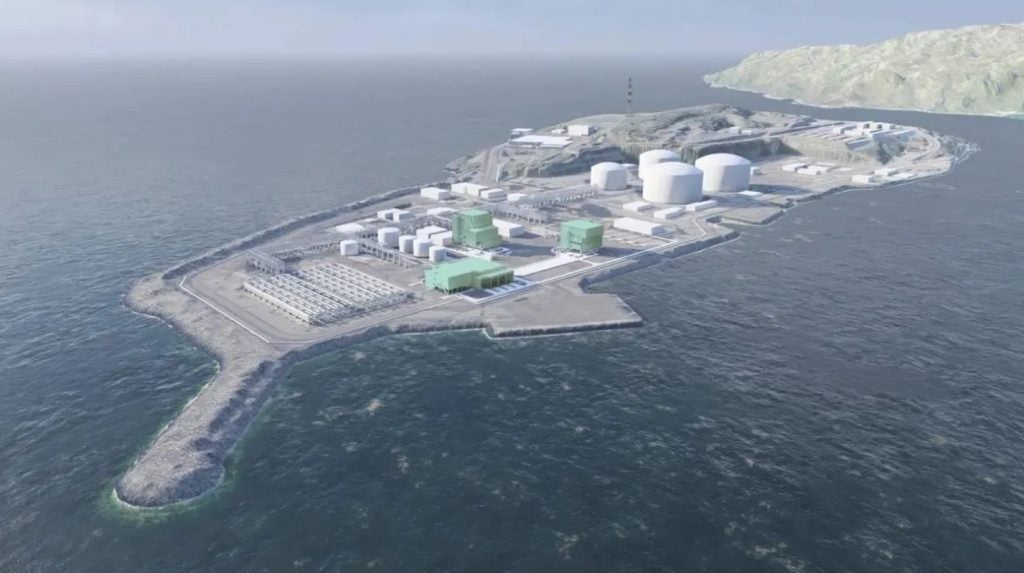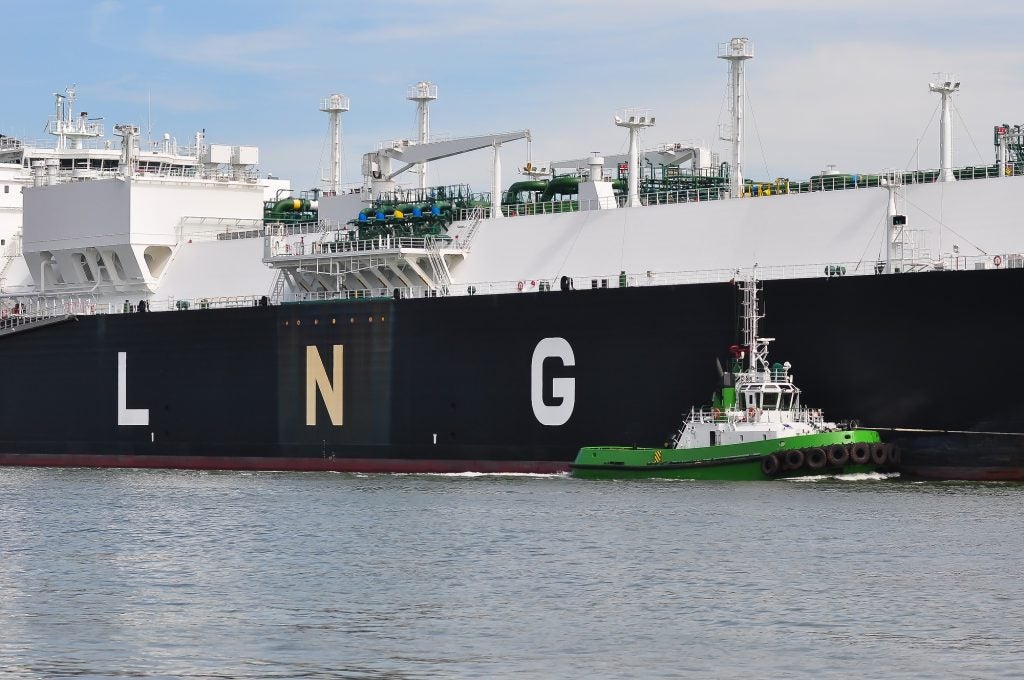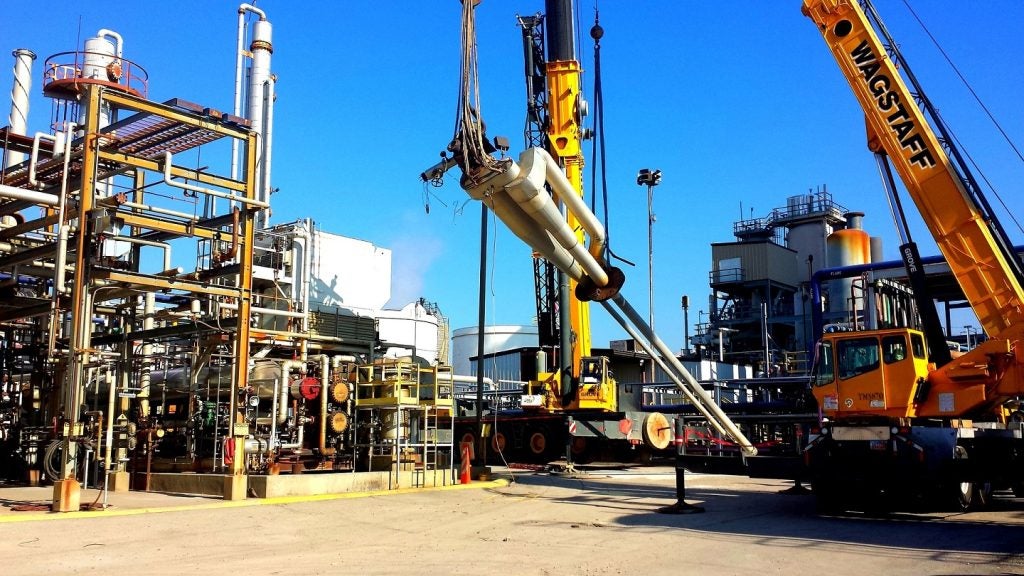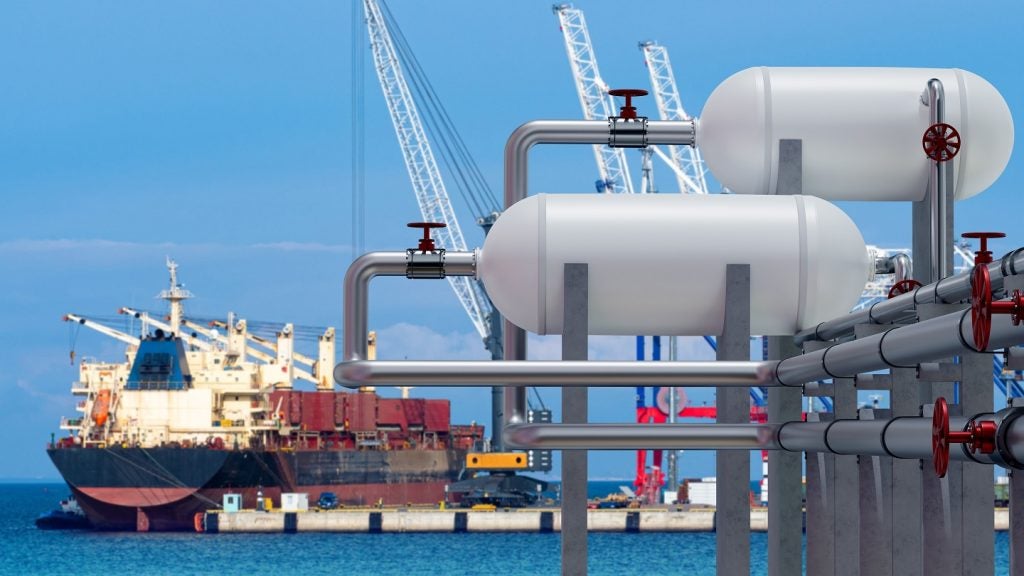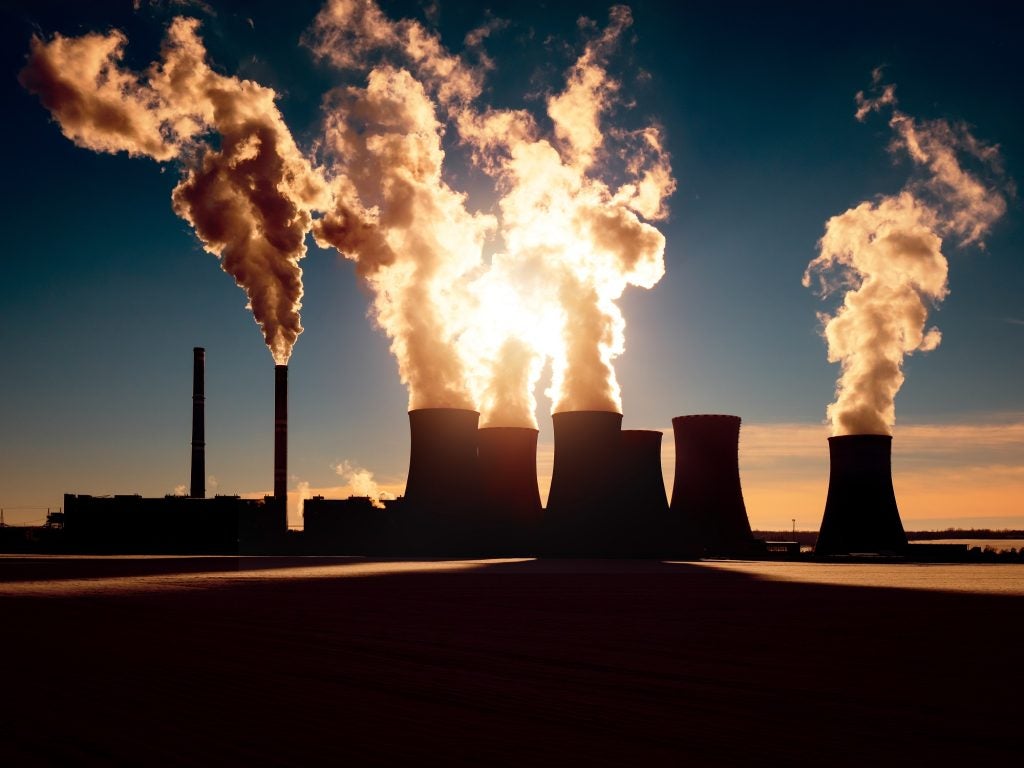Equinor and its partners have secured approval from the Norwegian Government for the Nkr13.2bn ($1.29bn) Snøhvit Future project.
The approval, which is subject to certain conditions, secures the future operation of Snøhvit natural gas field in the Norwegian Sea and the Hammerfest liquefied natural gas (LNG) plant on the island of Melkøya.
Commissioned in 2007, the Hammerfest LNG plant contributes 5% of the country’s total gas exports.
Equinor projects, drilling and procurement executive vice-president Geir Tungesvik said: “The Snøhvit owners are pleased that the government has now approved Snøhvit Future, a project that will strengthen Norway’s position as a reliable, long-term supplier of gas produced with very low greenhouse gas emissions.
“The project ensures long-term operation and export from Melkøya towards 2050. We fully understand that there have been many factors to consider, and we will recommend the partnership to meet the conditions for the authorities’ approval.”
The approval allows the company and its partners to implement onshore compression from 2028 and electrification of the LNG plant from 2030.
Electrification of the Hammerfest LNG plant is expected to replace the existing gas turbines with power drawn from the grid. As a result, CO² emissions from the LNG facility are expected to cut by nearly 850,000 tonnes annually.
Equinor said that the implementation of onshore gas compression will ensure sufficient flow from the reservoir to enable plateau gas production for export from the Hammerfest LNG facility beyond 2030.
Equinor Energy owns a 36.79% stake in the Snøhvit licence while other partners include Petoro (30%), TotalEnergies EP Norge (18.40%), Neptune Energy Norge (12%) and Wintershall Dea Norge (2.81%).


